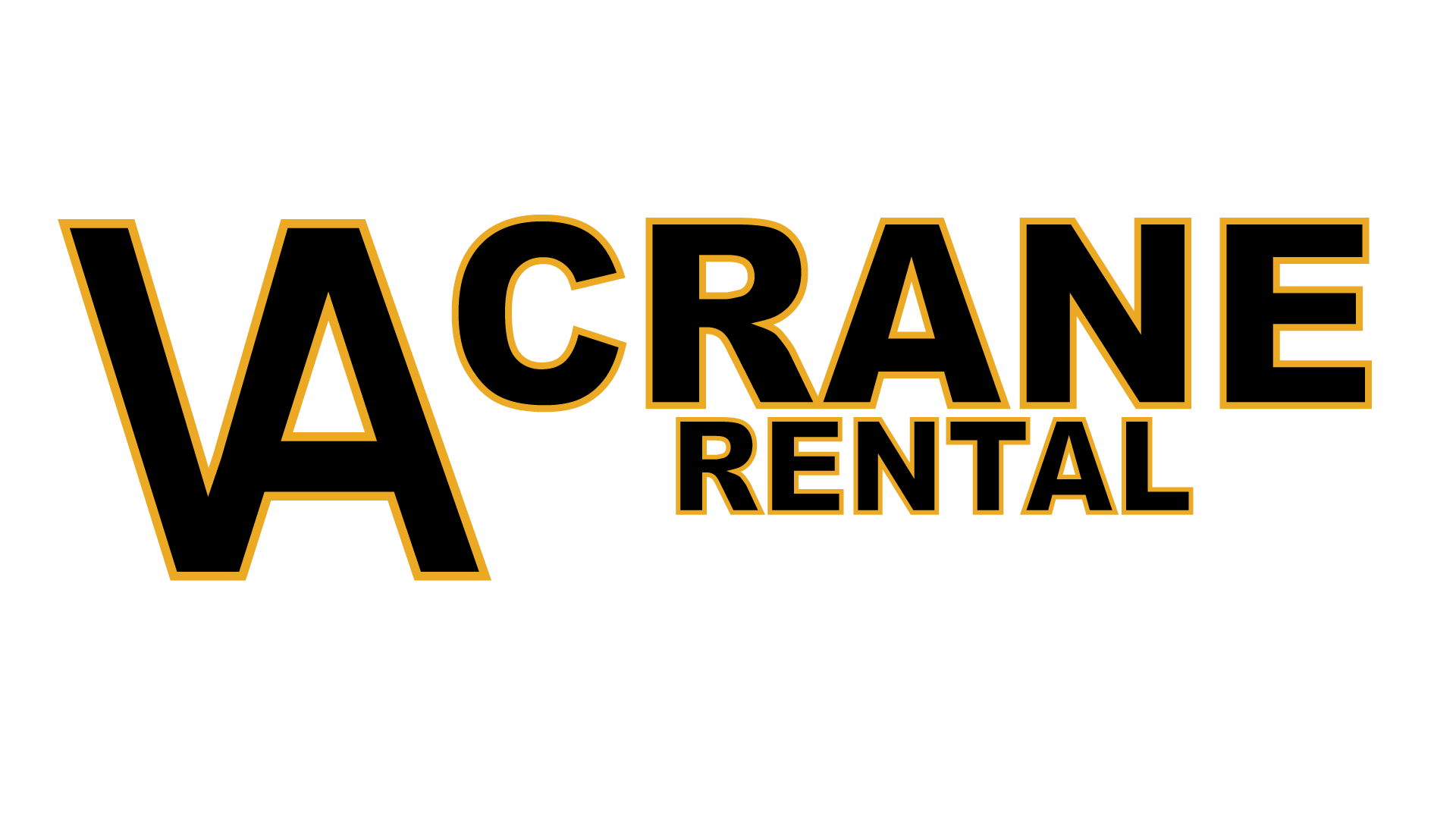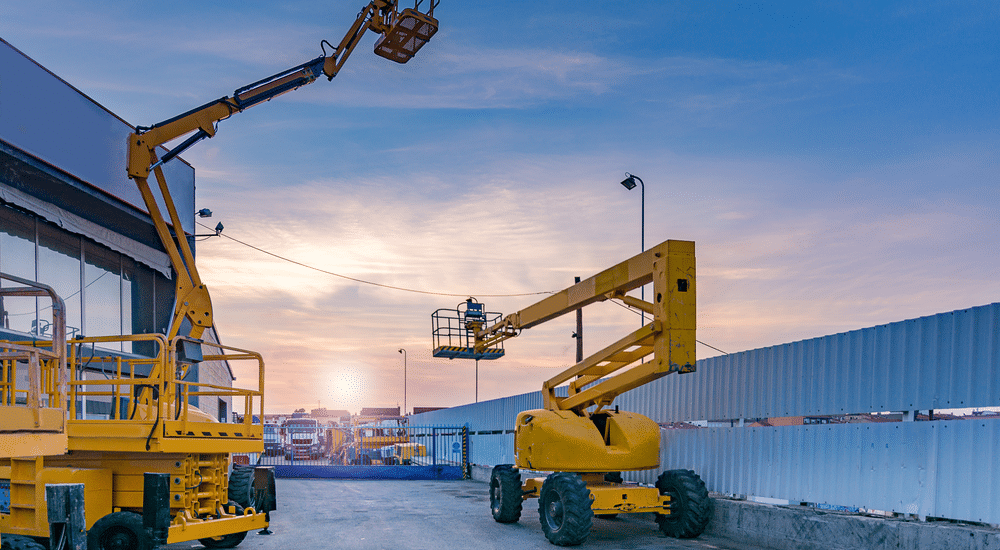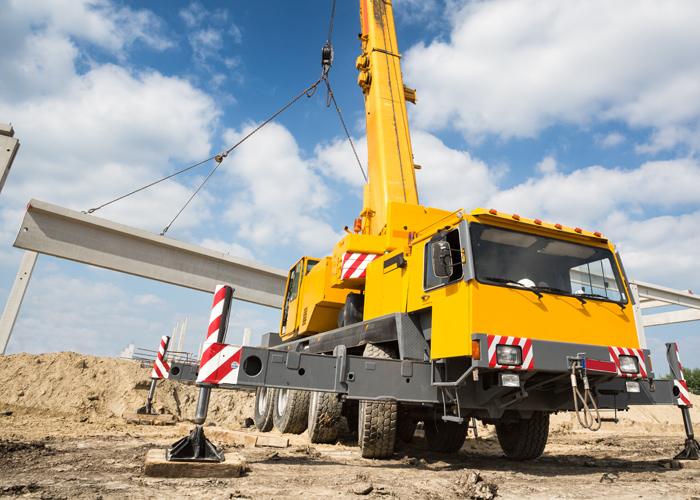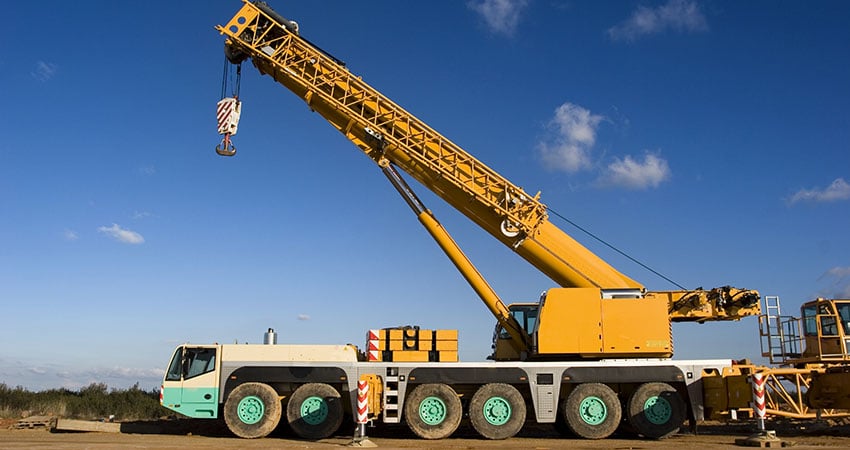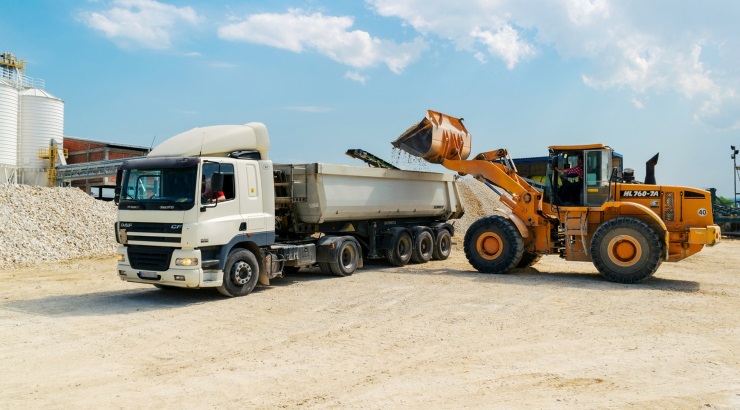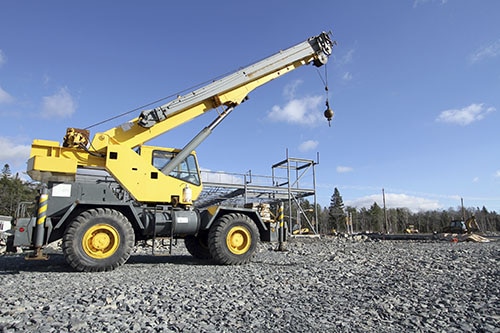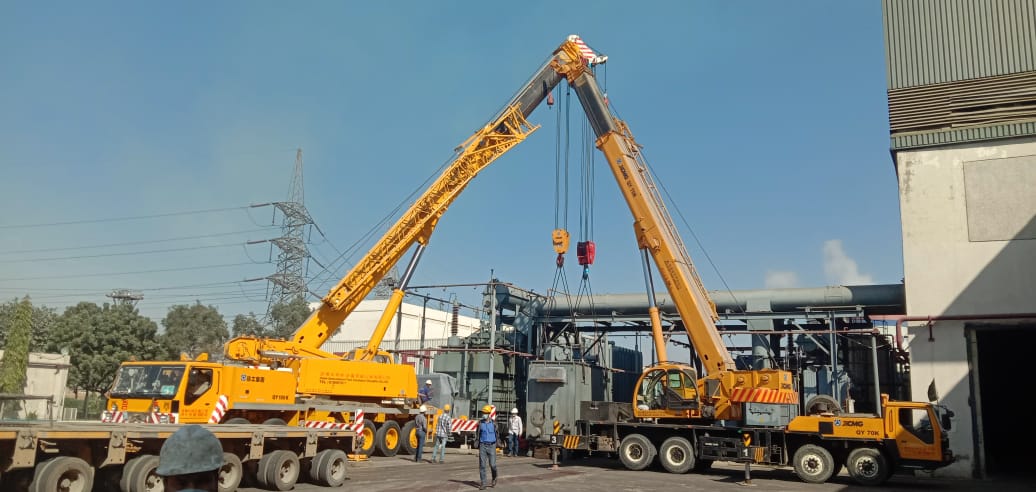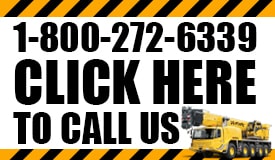How Often Do Cranes Have To Be Inspected?
You might think cranes are big, strong machines that can handle almost anything. But even the sturdiest crane needs regular maintenance and safety inspections to ensure it’s in good working order. If not inspected properly can lead to eventual breakdown and costly repairs.
To avoid this, OSHA Occupational Safety and Health Administration requires that all cranes be inspected yearly. But more frequent inspections may be necessary depending on how often the crane is used, the environment it’s in, and other factors.
Let’s discuss how often cranes should be inspected and what goes into these inspections.
How Often Should I Get My Crane Inspected?
Below are the crane inspection requirements, as specified in OSHA standard 1910.179. This standard explains the different types of inspections that crane rental companies require, and we will go over three of them: initial inspections, frequent inspections, and periodical inspections. Let’s discuss each one in further detail.
Initial inspections
Initial inspections are required for any new crane or used crane that has undergone major alterations, repairs, or changes in its operating conditions. A qualified person must inspect before the crane is used for the first time or after any major changes.
Frequent inspections
As their namesake states, frequent inspections should happen more often than other types of examinations. Nevertheless, inspection frequency varies based on how regularly they’re utilized. For example, a crane in a typical operation should be inspected monthly. However, if that same crane is under heavy usage, it should be checked weekly instead.
Since a crane operating under severe conditions should be checked daily, inspectors will focus on the parts of the crane suffering from the heaviest wear and tear. Moreover, they will look for decay signs, abnormal sounds, or other defects that may have arisen since the last inspection.
Periodical inspections
A periodical inspection is a more in-depth and comprehensive examination of the crane and is required at least once a year. This inspection must be conducted by a qualified person who has been properly trained.
During a periodical inspection, the qualified inspector will go over the entire crane inside and out. They will check for any corrosion, loose parts, or damage that may have occurred since the last inspection. If any repairs are needed, they will be noted in the report and should be addressed as soon as possible.
Who Can Inspect Cranes?
The minimum standards for crane inspectors come from the Crane Manufacturers Association of America. They believe every qualified inspector should have at least 2000 hours of experience with cranes, along with specialized training in recognizing flaws and repairs to crucial components like mechanics, wiring, and structure. It includes both annual and periodic inspections.
Moreover, the CMA standards state that every inspector should have a working knowledge of OSHA requirements for crane safety. This is essential to understanding what needs to be checked during an inspection and the penalties for not adhering to proper safety standards.
Conclusion
Cranes are vital pieces of machinery that help us complete many construction projects. To ensure they remain in good working order, it’s important to have them inspected regularly. The frequency of these inspections will depend on how often the crane has been used and the conditions it’s subjected to. But no matter how often they’re inspected, qualified personnel and must carry out these examinations to ensure the safety of everyone involved.

